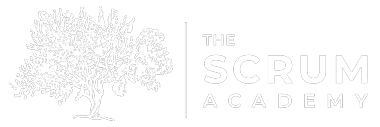
Agile Retrospective Framework in Five Steps
Did you know that every well-run Retrospective follows five steps? In my experience, the best Retrospectives follow this outline first created by Diana Larsen and Esther Derby in their book, Agile Retrospectives. Here is a summary of each stage.
- Set the Stage: setting the stage helps people focus on the purpose of the Retrospective, reviews the goal of the conversation and creates the space where the participants feel comfortable discussing the topic at hand.
- Gather Data: at this point in the Retrospective we want to develop a shared understanding of what transpired during the last cycle. It is very important that everyone’s perspective is given an opportunity to be brought forth and considered by the entire Team.
- Generate Insights: now is the time to ask “Why?” and begin to examine alternatives. The goal of this phase is to see the big picture, understand root causes, consider new possibilities and look for connections between the data gathered moments ago.
- Decide What to Do: as we draw near the end of our time in the Retrospective, the Team will need to select one or two action items that will make an improvement in the way they work together. No need to solve world peace here, just something that will make everyone’s day-to-day experience better
- Close: provide a clear, crisp ending to the Retrospective and use this time to ask the Team how to make the next Retrospective better. Be sure to thank the Team for their efforts during the Retrospective and the Sprint that just ended.
In addition to offering a great outline for Retrospectives, this book also offers activities you can use at each stage. If you are finding that the activities in the book are not enough, there is always Retromat.
Enjoy!


